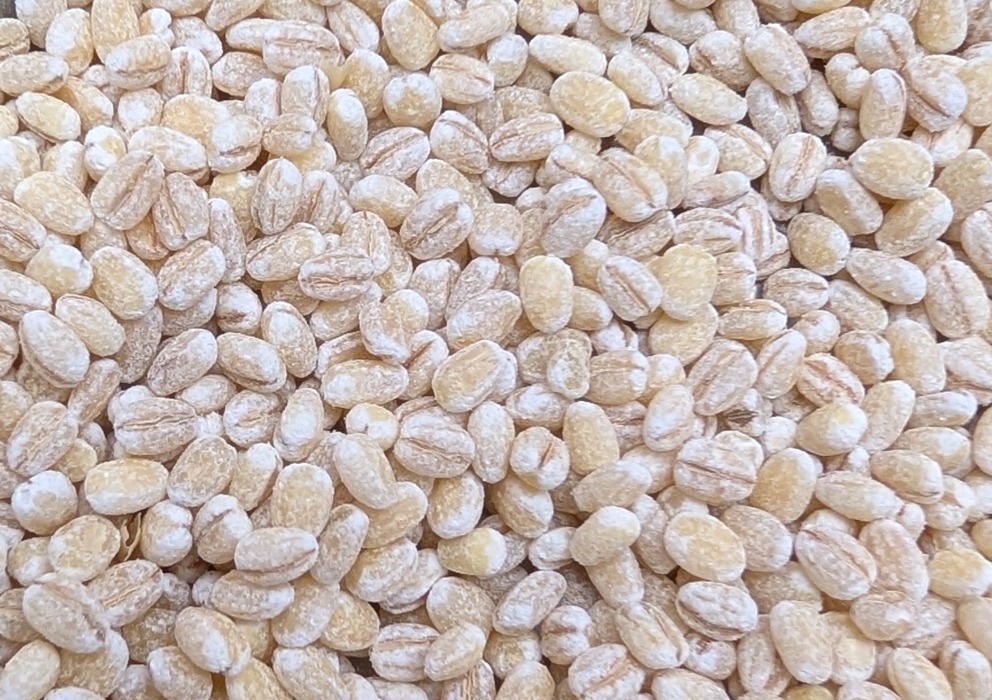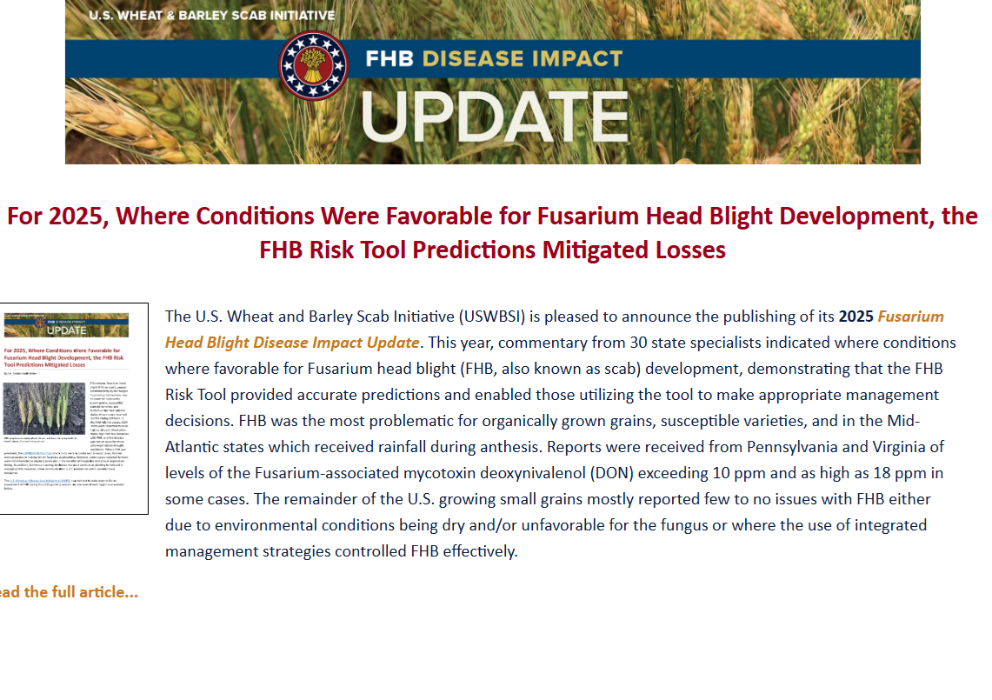
2025 Fusarium Head Blight Disease Impact Update
For 2025, Where Conditions Were Favorable for Fusarium Head Blight Development, the FHB Risk Tool Predictions Mitigated Losses
November 5, 2025 – The U.S. Wheat and Barley Scab Initiative (USWBSI) is pleased to announce the publishing of its 2025 Fusarium Head Blight Disease Impact Update. This year commentary from experts in 30 states highlighted areas where conditions were favorable for Fusarium head blight (FHB) development, demonstrating that the FHB Risk Tool provided accurate predictions and enabled those utilizing the tool to make appropriate management decisions. FHB was the most problematic for organically grown grains, susceptible varieties, and in the Mid-Atlantic states which received rainfall during anthesis. Reports were received from Pennsylvania and Virginia of levels of the Fusarium-associated mycotoxin deoxynivalenol (DON) exceeding 10 ppm and as high as 18 ppm in some cases. The remainder of the U.S. growing small grains mostly reported few to no issues with FHB either due to environmental conditions being dry and/or unfavorable for the fungus or where the use of integrated management strategies controlled FHB effectively.
Farmers and extension specialists are utilizing the information provided by the USWBSI including the FHB Risk Tool, fungicides, and crop varieties in making production decisions on effective management strategies. “It is good to see that farmers are benefiting from varieties with improved resistance in all grain classes and utilizing the tools developed by the USWBSI to help mitigate the economic impact of this disease,” said Ruth Dill-Macky, USWBSI Research Co-Chair and University of Minnesota professor and small grains plant pathologist.
The Fusarium Head Blight Disease Impact Update provides an annual report of the crop growing conditions as well as the impact of FHB on wheat and barley in different regions of the United States. Additionally, photos from the different growing regions have been included to highlight specific crop conditions. The USWBSI has been releasing this update article annually since 2010 to provide insight into the impact of FHB during each growing season.
For readers interested in learning more about Fusarium Head Blight of wheat and barley visit ScabUSA to find publications and resources produced by USWBSI-funded researchers. Producers can also view the USWBSI FHB Risk Tool developed by researchers in the USWBSI, to monitor FHB risk during the growing season. Real-time FHB Alerts sent out during the growing season are also provided by the USWBSI free of charge, learn more and subscribe on the website.
The USWBSI is a national multi-disciplinary and multi-institutional research consortium whose goal is to develop effective control measures that minimize the threat of Fusarium Head Blight (scab), including the production of mycotoxins, for producers, processors and consumers of wheat and barley. The USWBSI’s more than $7.6 million annual allocation comes from Federal funds appropriated through the USDA-ARS and is distributed to 125 research projects in more than 30 states.
For more information about the USWBSI please contact the Networking & Facilitator Office (NFO) Director of Operations, Michelle Bjerkness, at 517.290.5023 or nfo@scabusa.org.


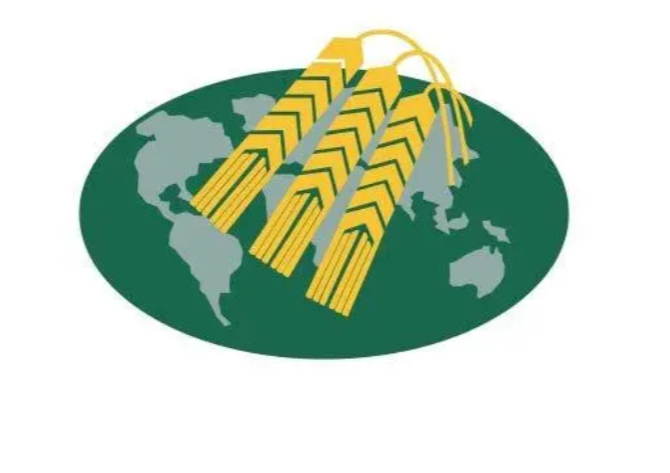
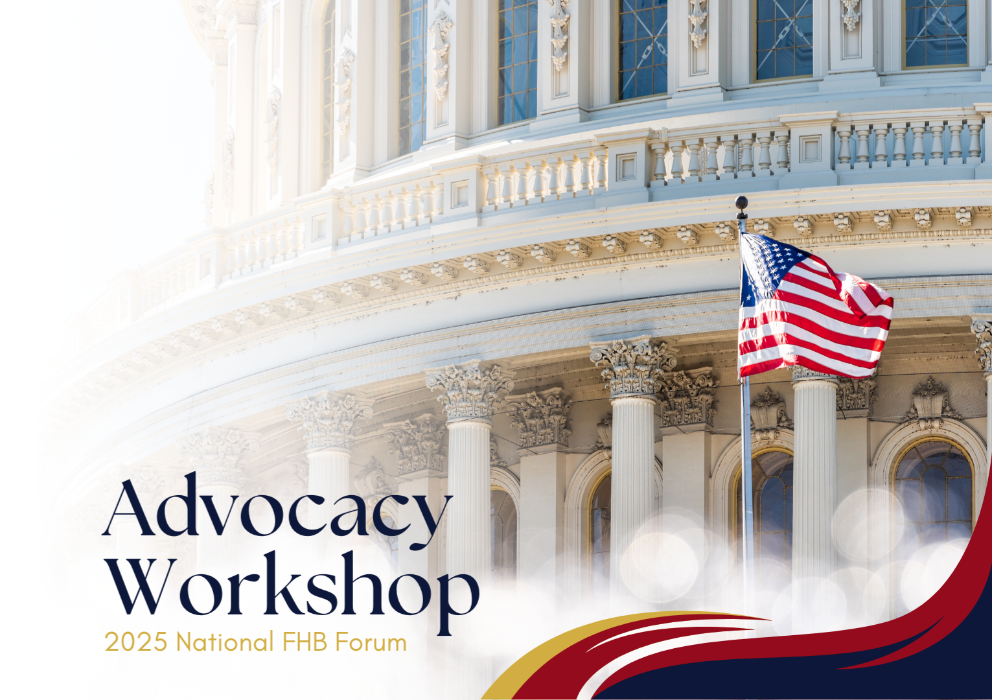

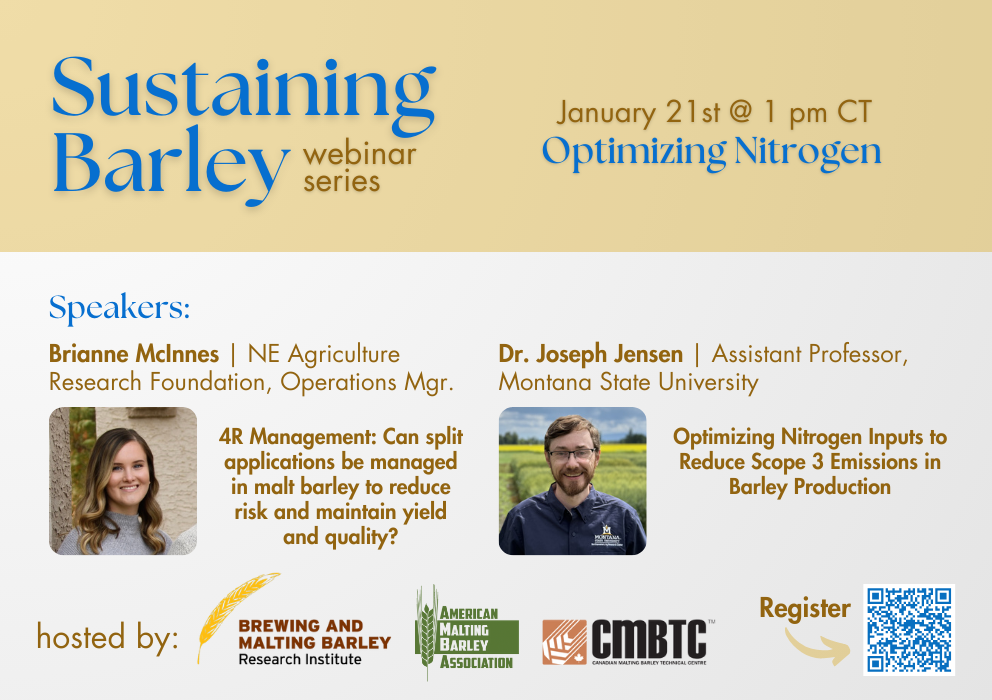
.png)
